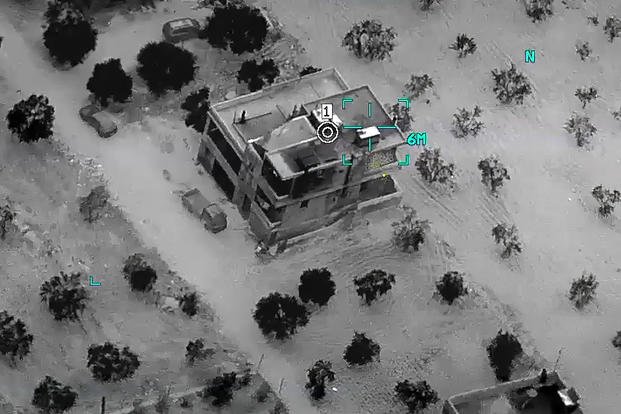

Learning difficulties, physical disabilities, and other challenges often emerge as a child ages, Heller explains. What a diagnosis of Down syndrome cannot offer expectant parents is firm predictions about their child’s future disabilities. If the baby does have the extra chromosome, a doctor will make a Down syndrome diagnosis.
#Baby are you down down down down doiwn full
If these physical features are present, a blood test can determine if the baby has an extra full or partial chromosome 21. This diagnosis uses a combination of physical exams and a blood test.ĭuring the physical exam, a doctor or nurse will check the baby for a lack of typical muscle tone, a single deep crease across the palm of the hand, a slightly flattened facial profile, and an upward slant to the eyes - all of which are indicative of Down syndrome. If a developing fetus has Down syndrome and the condition is not diagnosed during pregnancy, it’s diagnosed at the time the baby is born. Though in some cases knowing a baby will be born with Down syndrome can lead to additional prenatal testing and monitoring to help ensure a safe delivery, as many Down syndrome pregnancies are considered high risk. She says these parents have usually decided that it isn't necessary or useful for them to know whether or not their child has Down syndrome ahead of delivering the baby. “Many moms over 35 get prenatal testing to assess whether the fetus has the condition,” Pipan notes. The risk is small - no more than 1 percent - but it exists, so doctors first opt for risk-free blood draws.Ī lot of expectant parents make the decision to skip Down syndrome screening and testing altogether.

Why don’t doctors skip screening altogether and start with these definitive tests? Both CVS and amniocentesis can trigger a miscarriage. This test is usually performed during the second trimester, typically sometime after week 15 of a woman’s pregnancy. With this amniotic fluid sample, doctors can look for the chromosomal changes that are hallmarks of Down syndrome, Dr. Craig Heller, PhD, a professor of biology and the director of the Down Syndrome Research Center at Stanford University in California.

Those cell samples can reveal if the fetus has Down syndrome. Chorionic Villus Sampling (CVS) The first and less common test involves analyzing cell samples from a pregnant woman’s placenta.There are two popular diagnostic tests that can detect Down syndrome with almost 100 percent accuracy. That test is the integrated screening test.Īdditionally, newer tests can directly examine pieces of the fetus’s chromosomal material that are present in the mother’s blood plasma. In other cases, the results from the first-trimester blood test and nuchal translucency test are coupled with the quad test results from the mother’s second trimester of pregnancy to assess her risk of delivering a baby with Down syndrome.

The results of these screening tests, factored with the mother’s age, allow doctors to assess her odds of having a child with the condition. This and other blood tests are often combined with an ultrasound, known as a nuchal translucency test, that examines the fetus’s neck for abnormal fluid collection, which is another potential marker of Down syndrome. ( 2 ) If the levels of these hormones and proteins are abnormal, that could indicate the developing fetus is likely to have Down syndrome. This test looks at the levels of three specific hormones and one protein in the mother’s blood. Pipan explains.įor example, the blood test known as the quad screen is performed during the second trimester. There are a few different types of screening tests, but most analyze a pregnant woman’s blood for specific hormones and proteins, Dr. Prenatal Down syndrome screening tests do not show for sure whether a mother will deliver a baby with Down syndrome - the tests estimate the likelihood.


 0 kommentar(er)
0 kommentar(er)
